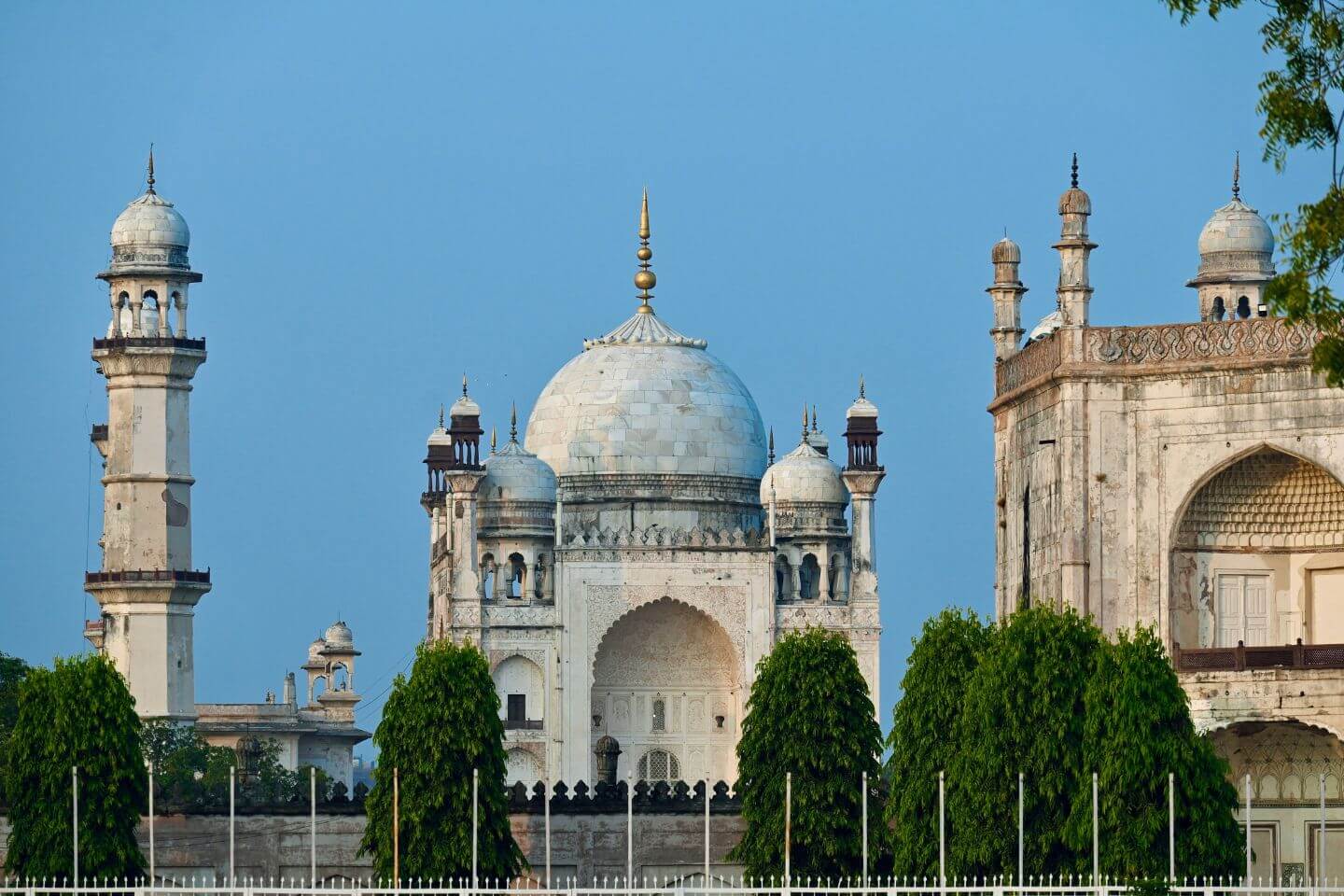The tourism capital of Maharashtra state, Aurangabad finds its place in every traveler’s wish list. Bequeathed with many UNESCO World Heritage sites, Aurangabad is indeed a sought after tourist destination from all over the world. From the magnificent rock cut structures of Ajanta and Ellora Caves to beautiful Bibi ka Maqbara or majestic Daulatabad Fort, the city has several monuments to explore.
Home to one of the 12 jyotirlingas, Grishneshwar Temple, Aurangabad is equally popular for religious tourism. With a graceful combination of modern facilities and historical richness, this city suits every type of holiday, be it family trip, group tour or a solo trip. This heritage city enjoys excellent connectivity via air, road and railways, making reaching here absolutely easy.
And if you are unsure on how to plan your tour then reach us out at Aurangabad Tourism; we ensure hassle-free tours to each and everyone.
1. Ajanta Caves
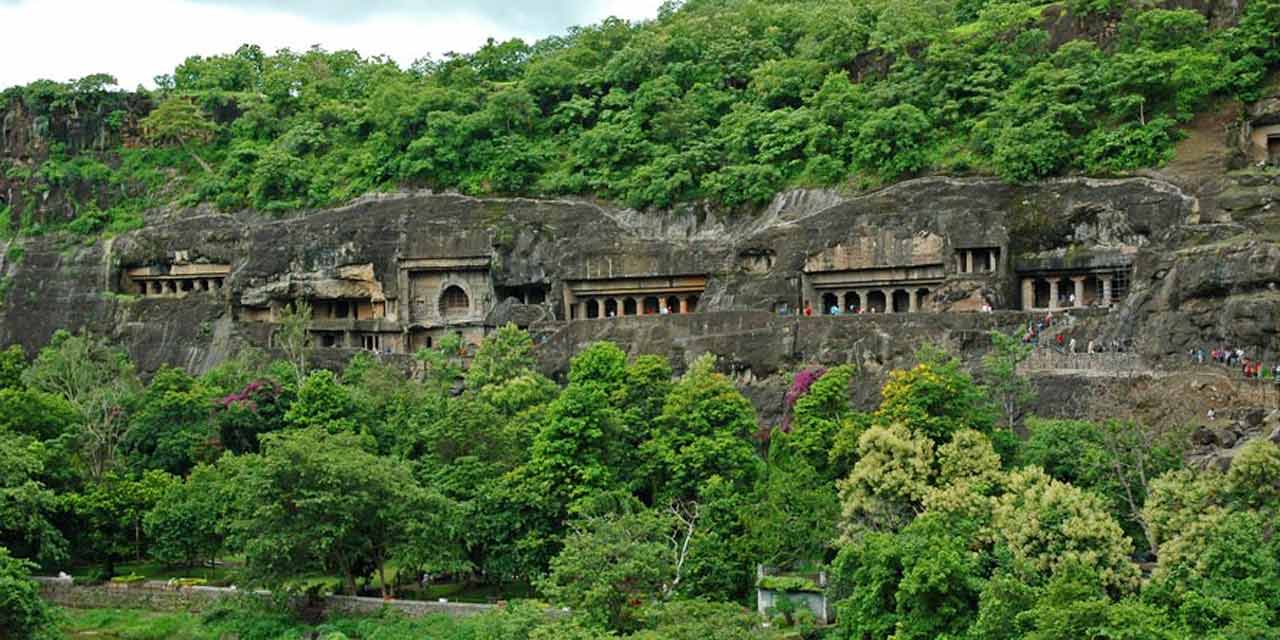
The name of Aurangabad is synonymous to the Ajanta Caves. Dating back to the 2nd Century, these clusters of caves consist of 30 caves. These Buddhist caves are dedicated to both Hinayana and Mahayana sect of Buddhism. Presenting a brilliant architectural style, these caves are divided into various sections, each serving a different purpose, like staying, praying, studying, etc. Each cave has murals, intricate carvings and paintings, depicting various mythological tales and the life of that era.
Ajanta Caves were declared a UNESCO world heritage site in the year of 1983. There are 24 caves associated with Buddhism and 5 caves which are Hindu Temples. Although each cave is worth exploring, Cave 1, 2, 4, 16, 17 and 26 stand out with their extraordinary carvings. For instance, in Cave 26, you will find the reclining statue of Lord Buddha. Keep an entire day aside to explore these caves.
- Timings: 9:00 AM – 5:00 PM (Closed On Mondays)
- Entry Fee: ₹40 (Indians & SAARC), ₹600 (Foreigners)
2. Ellora Caves
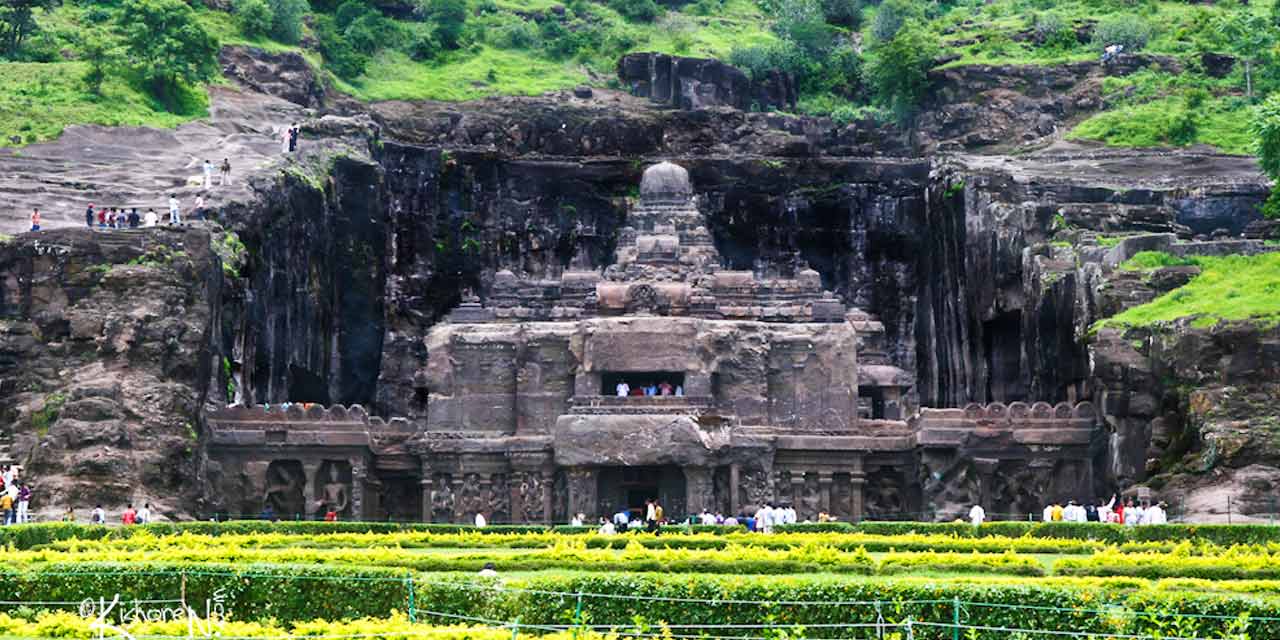
Another UNESCO World Heritage site, Ellora Caves dates back to the 6th Century. A group of 34 rock-cut caves, spread over an area of more than 2 kms, Ellora caves are located on the Charanandri hills. These multi-religious caves are also known as Verul Caves.
These caves offer a peek into the ancient civilization of India, especially from A.D. 600 to 1000. Exceptional paintings, exquisite carvings and sculptures surprises every traveler with their outstanding handiwork. These caves belong to three prime religions- Buddhism, Hinduism and Jainism.
Cave 1 to Cave 12, represent Mahayana philosophy of Buddhism. They were excavated during the 5th and 8th centuries. Excavated from the 7th to 10th century, Cave 13 to Cave 29 are associated with Hindu philosophy. Cave 16 is the revered Kailasa temple. Caves 30 to 34 present a glimpse into Jainism religion. Now maintained primarily by the Archaeological Survey of India (ASI)
- Timings: 6:00 AM – 6:00 PM (Closed On Tuesdays)
- Entry Fee: ₹40 (Indians & SAARC), ₹600 (Foreigners)
3. Bibi Ka Maqbara

If you think Taj Mahal is the only monument built by a king for his wife, then plan a visit to Bibi Ka Maqbara. This captivating mausoleum was built in 1661 by the Emperor Aurangzeb, in the memory of his wife Rabia- Ul – Daurani, also known with the name of Dilras Banu Begum. She died in 1657.
Often called the Taj of the Deccan, this monument has striking resemblance to the Taj Mahal of Agra. With majestic mountains in its backdrop, this marble Maqbara with intricate carvings, is undeniably one of the most appealing buildings in the city. Open from 8 AM to 8 PM, it is a popular tourist attraction in Aurangabad.
- Timings: 8:00 AM – 8:00 PM
- Entry Fee: ₹25 (Indians), ₹300 (Foreigners)
4. Grishneshwar Temple
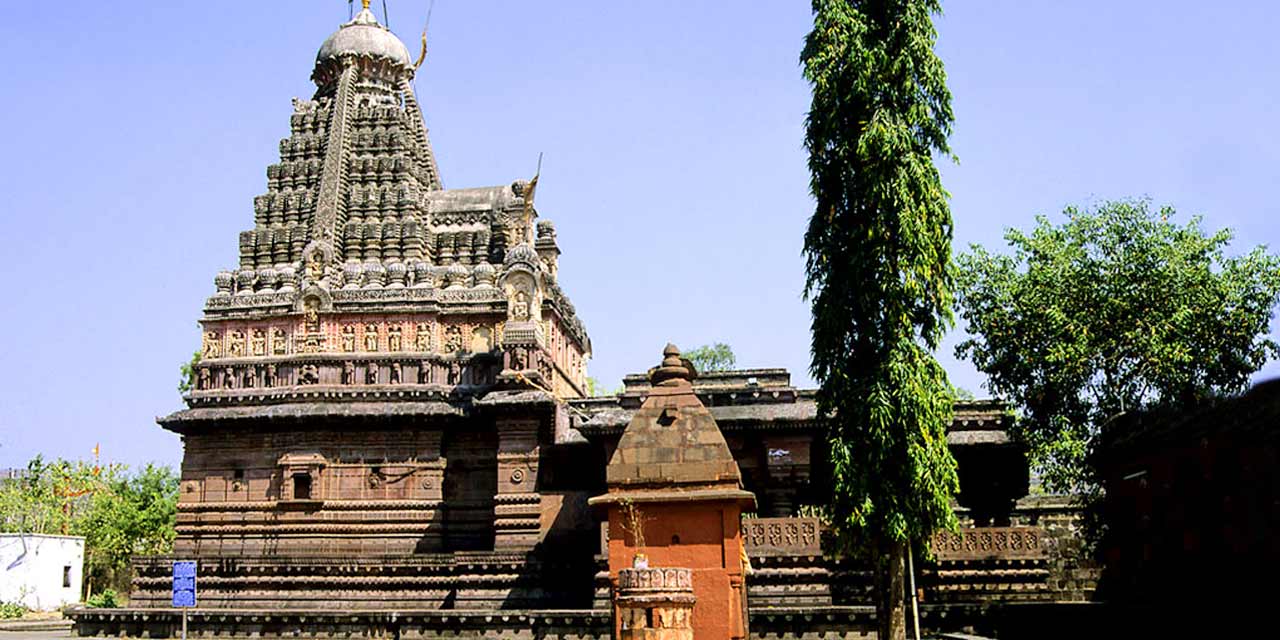
One of the 12 jyotirlingas in India, Grishneshwar Temple is located in the Verul village and less than 1 km from Ellora Caves. Dedicated to Lord Shiva, this temple is believed to be the smallest of all the jyotirlingas.
Built with Volcanic rocks, this temple has a South Indian architectural style. It has five tiered shikara with a golden kalasha on the top. The walls of the temple are carved with artistically complex designs and sculptures of deities. There is an antarala, garbhagriha, and a sabha mandapa within the temple complex.
There are many legends associated with its origin, each showcasing the glory of Lord Shiva and his love towards his devotees. It is said that this temple was destroyed in the 13th century during Mughal rule. It was then first reconstructed in the 16th century by the grandfather of Chhatrapati Shivaji Maharaj, Maloji Raje Bhosale. It was later restored in the 18th century by Maratha Queen Rani Ahilyabhai Holkar.
- Timings: 5:00 AM – 9:00 PM
- Entry Fee: Free
5. Daulatabad Fort
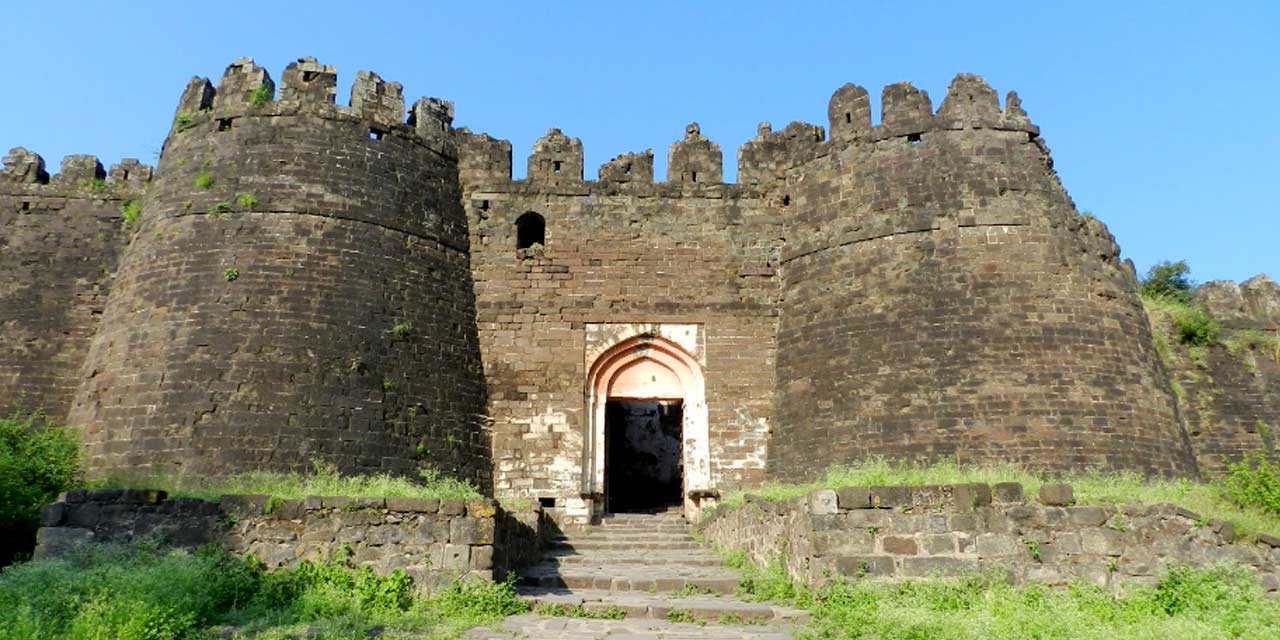
First built by Yadava King Bhillama in 1187, Daultabad Fort underwent many restorations and improvisations during varied reigns like Mughal rule or Ahmednagar Sultanate. Also known as Deogiri Fort, this majestic fort is located on a hill in the Daulatabad village.
Known for its exceptional defence system, it was almost impossible to penetrate this fort. Its fortified walls, massive gates with iron spikes, walkways, moats, bastions and turrets created a strong shield around.
Constructed on a conical granite rock formation, Daultabad Fort also showcases detailed town planning, water management system, architecture and military system. Some of the prominent structures in this fort are Saraswati Bawdi, Bharat Mata Mandir, Rang Mahal, Chand Minar, Chinni Mahal and Baradari.
- Timings: 6:00 AM – 6:00 PM
- Entry Fee: ₹25 (Indians), ₹300 (Foreigners)
6. Chhatrapati Shivaji Museum
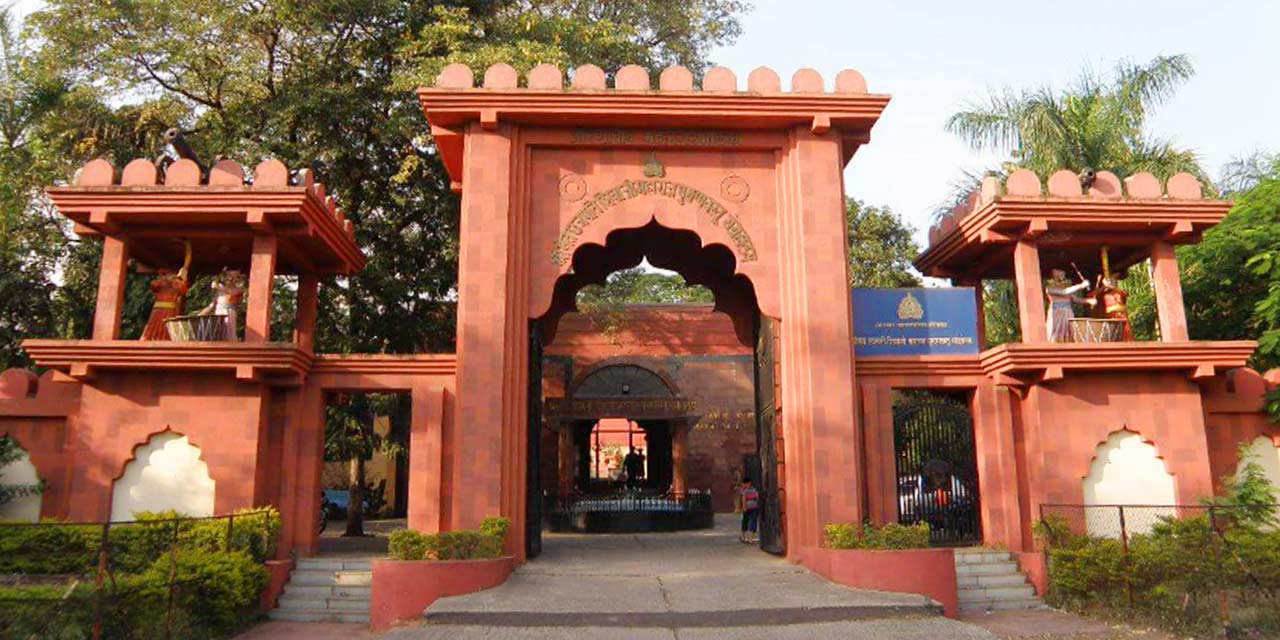
Chhatrapati Shivaji Museum is another place one must visit to know about the glory of Maratha kings. As the name suggests, it is dedicated to the life of Chhatrapati Shivaji Maharaj. Consisting of 6 halls, it displays photographs, ancient weaponry like sword shields, rifles, including a 500 year old war suit, coins, artefacts such as 400 year old Paithani sari.
It also has a handwritten Quran, which belonged to Emperor Aurangzeb. It is located close to other attractions like Himayat Bagh and Salim Ali Sarovar and is only 5 km away from Aurangabad railway station.
- Timings: 12:00 AM – 12:00 AM
- Entry Fee: Free
7. Salim Ali Lake
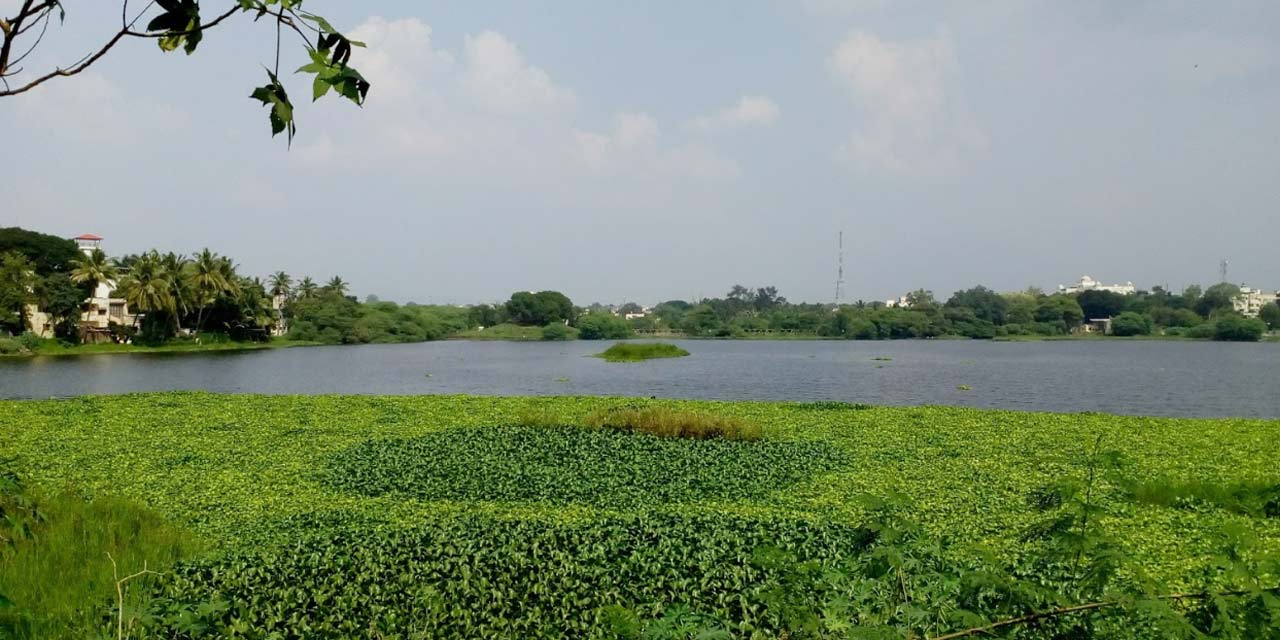
Situated in Chhatrapati Nagar, near the Delhi Gate, Salim Ali Lake is opposite Himayat Bagh. Earlier known as Khiziri Talab, during the Mughal rule, it was later renamed after the birdman of India, the renowned ornithologist and naturalist Salim Ali.
There is also a small bird sanctuary at the lake, where you can spot many migratory birds, especially in winter months. The facility of boating is also available here. Near the lake, you will find a beautifully laid out garden, maintained by the Aurangabad Municipal Corporation. Shimmering waters of the lake, surrounded by rich flora, makes this place scenic.
- Timings: 6:00 AM – 6:00 PM
- Entry Fee: Free
8. Pitalkhora Caves
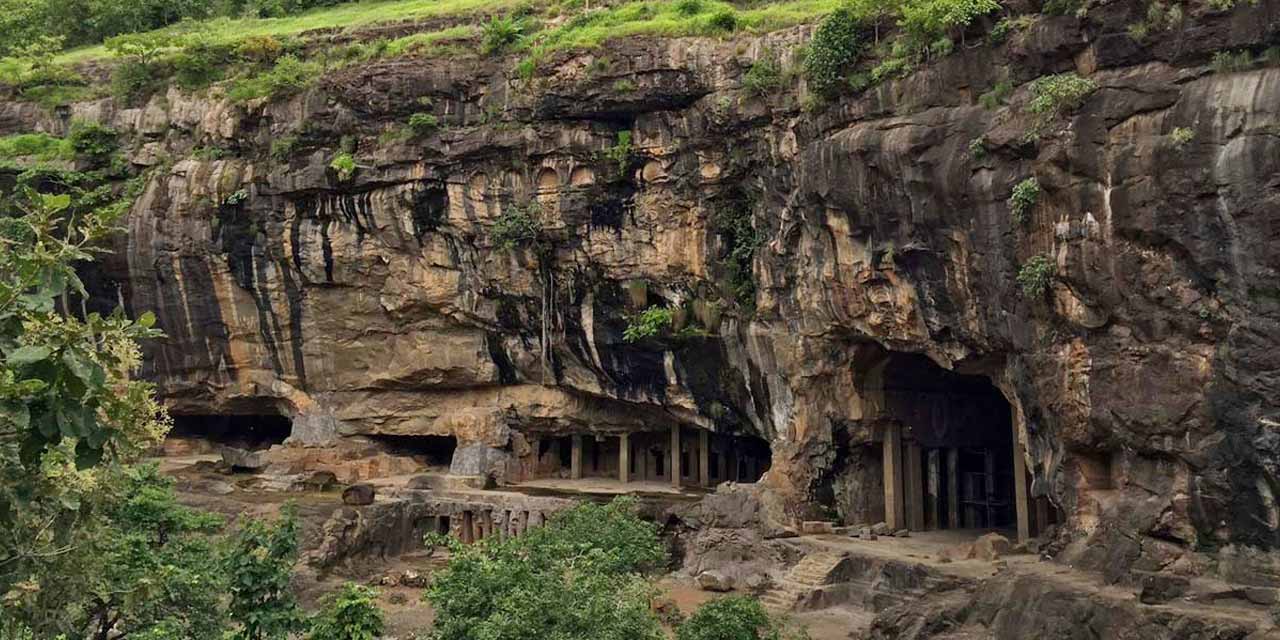
Another fine display of rock cut architecture of ancient India are the Pitalkhora Caves. This group of 14 Buddhist caves dates back to the 3rd century. Associated with the Satavahana Dynasty, these can be divided into two types, Chaityas and Viharas.
Also known as Brazen Glen, these caves are built out of 14 rock formations, each displaying paintings and extraordinary carvings of animals, motifs and mythological stories. Once here, you will find life like stone sculptures in and around the caves. They are quite similar to those you find in Sanchi Caves (Madhya Pradesh), Karla caves (Lonavala) and Pandavleni Caves (Nashik). These caves are not maintained by the Archaeological Survey of India. To reach the caves, one has to trek for a few metres.
- Timings: 9:00 AM – 4:30 PM
- Entry Fee: ₹10 per person
9. Bhadra Maruti Temple
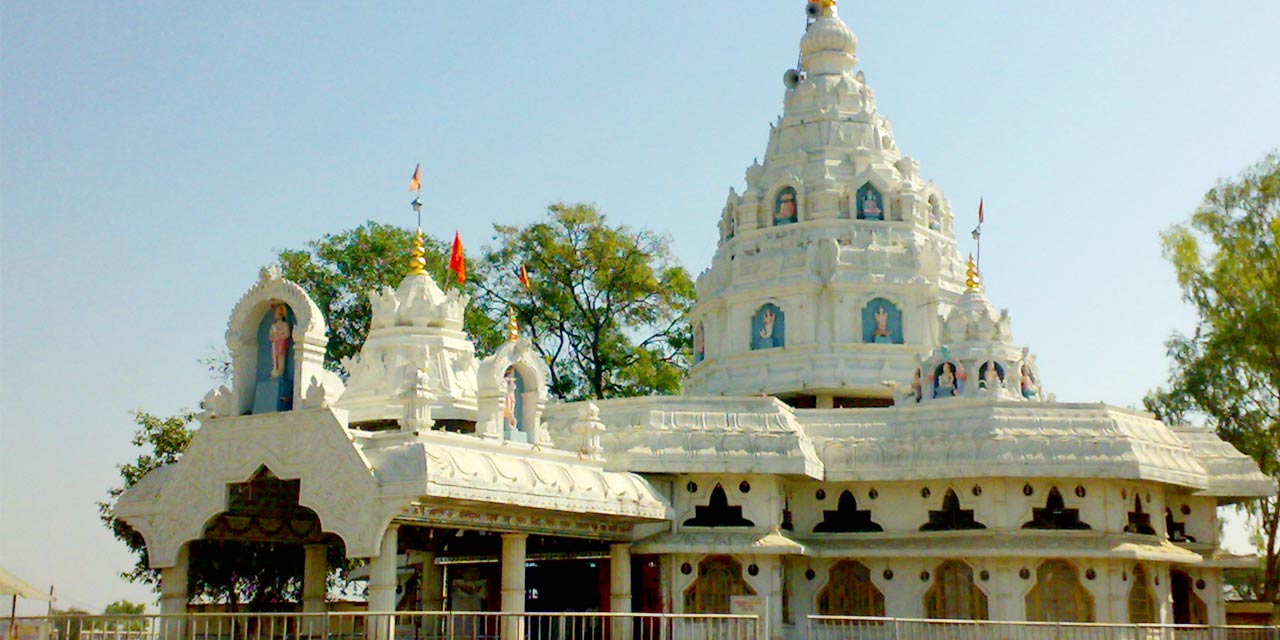
Dedicated to Lord Hanuman, Bhadra Maruti Temple is an important religious site in Aurangabad. Located in Khuldabad, at a distance of only 4 km from Ellora Caves, this temple is one among the three unique temples of India where the main deity is in a sleeping position (Bhav Samadhi).
As per the legend, the ruler of Khuldabad, King Bhadrasen used to sing hymns in praise of Lord Rama. He was an ardent devotee. Once Lord Hanuman, impressed by his devotion, came near him and slept while listening to his songs. It is believed to be the reason why the idol is in a resting position.
- Timings: 5:00 AM – 12:00 PM, 4:00 PM – 9:00 PM
- Entry Fee: Free
10. Siddharth Garden and Zoo

Siddharth Garden and Zoo offers visitors a refreshing break in nature and at the same time it promises excitement of watching and observing wild animals from a close proximity. Popular among families, it is also frequented by walkers and nature lovers. Its beautiful landscape, dotted with colorful flowers and trees and a musical fountain makes it a good location to spend a few hours.
Some of the wild animals that you can spot at the zoo are tigers, lions, leopards, hyenas, civet cats, foxes, deer, snakes, and crocodiles. There is also an aquarium here. Only 4 km away Bibi ka Maqbara, one can club visiting both the places on the same day. You can plan a visit to the garden and zoo between 9 AM to 5 PM.
- Timings: 10:00 AM – 7:00 PM (Closed On Tuesdays)
- Entry Fee: ₹20 (Garden), ₹50 (Zoo), ₹10 (Aquarium)
11. Himayat Bagh
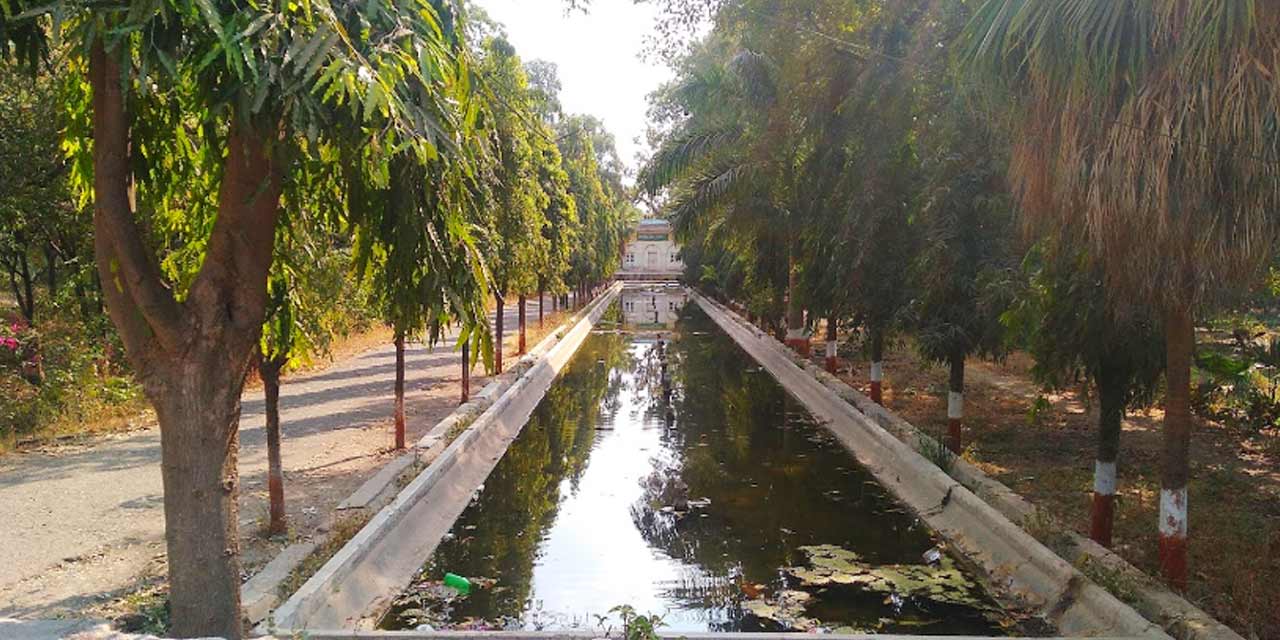
Spread over an area of 400 acres, Himayat Bagh was built by the emperor Aurangzeb in the 17th century. This garden was built when the northern wall of the Aurangzeb’s Palace, Kila-e-Ark, was dampened by the waters of Khizri Talao/Salim Ali Lake. To halt the damping and potential damage to the palace, the area was filled and converted into fields, which eventually led to the creation of Himayat Bagh.
Featuring rare species of plants and trees, which have been laid out in breathtaking manners, this garden is worth exploring when in Aurangabad. Barra Darri, built by Ivaz Khan, also deserves special attention from every visitor.
Himayat Bagh can be visited from 9 AM to 6 PM on all days of the week. It is situated at Rauza Bagh, near the Delhi Gate of Aurangabad.
- Timings: 7:00 AM – 8:00 PM (Closed On saturdays & Sundays)
- Entry Fee: Free
12. Aurangabad caves
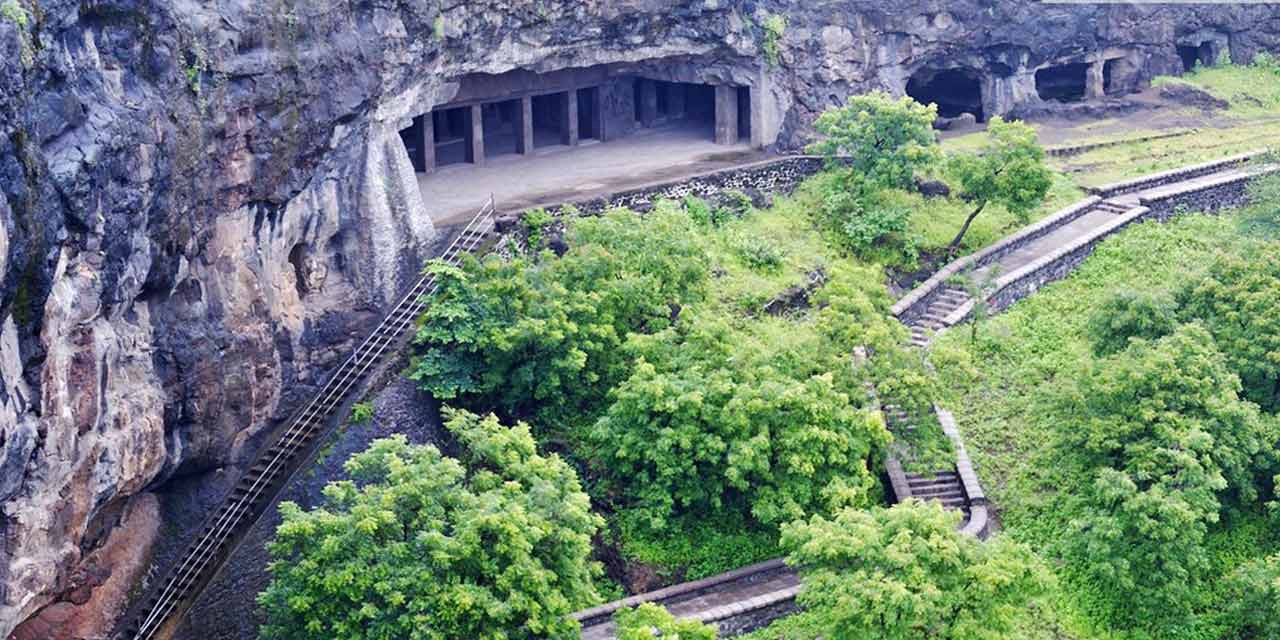
Although lesser known than Ellora and Ajanta Caves, these caves have similar historical importance. Built with rock-cut style, Aurangabad caves are a cluster of 12 Buddhist caves. Dating back to 6th -7th century, these monolithic caves showcase extensive architectural brilliance with massive pillars, meticulous carvings like Mahayana art work, Hinayana style stupa, and sculptures.
In these caves, one can find carvings of Vajrayana goddesses, even of Hindu Goddess Durga and Lord Ganesha. The Cave 7, with its detailed representation of Bodhisattva and Avalokitesvara, stands out the most, while Cave 9, showcases Lord Buddha in a state of nirvana.
These caves are located a few kilometres away from Bibi Ka Maqbara and Sonehri Mahal. They are open from 9 AM to 5 PM for tourists. They are presently maintained by the Archaeological Survey of India.
- Timings: 9:00 AM – 5:00 PM
- Entry Fee: ₹25 (Indians), ₹300 (Foreigners)
13. Jayakwadi Dam
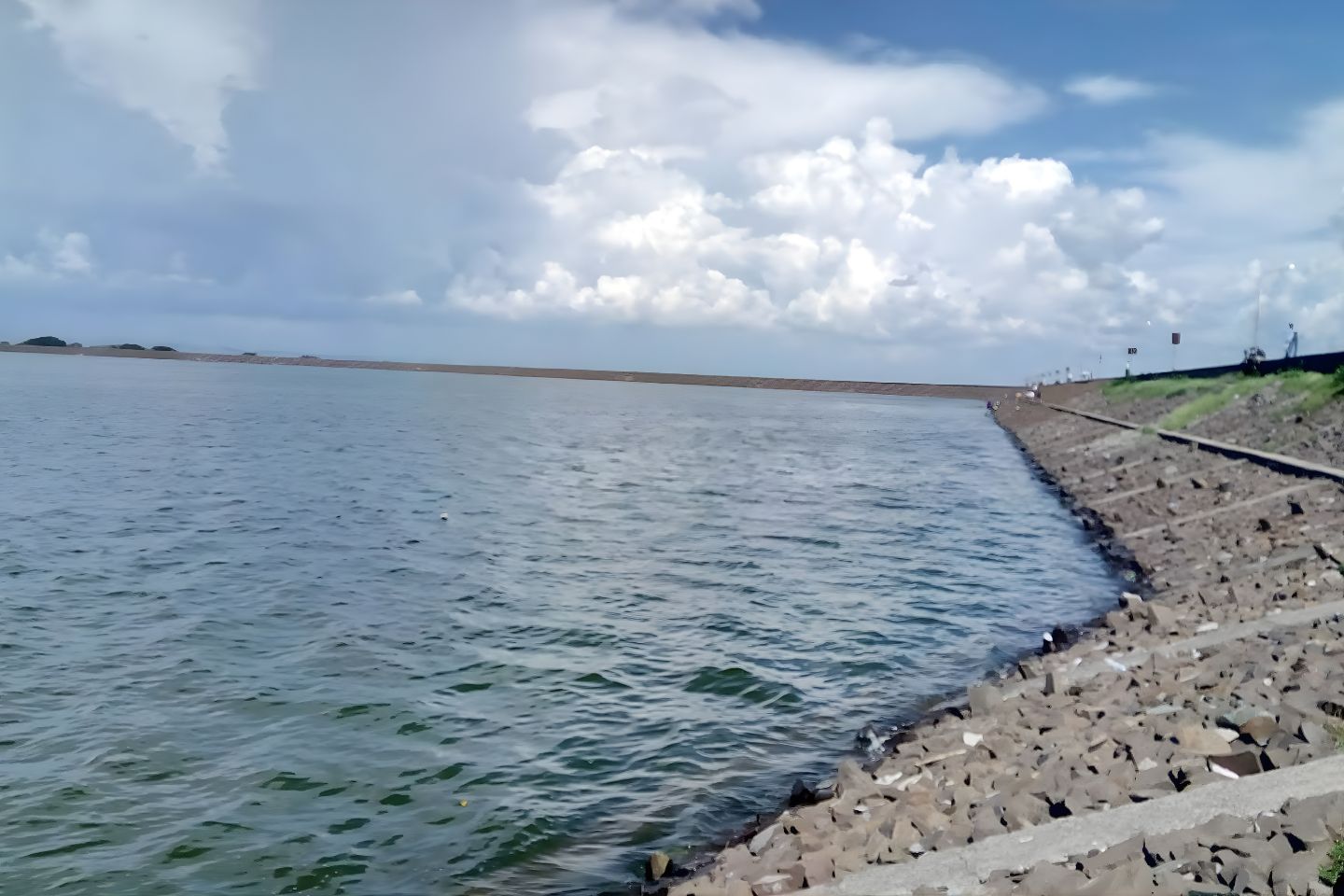
Built across the Godavari River, Jayakwadi Dam is one of the largest irrigation projects of the state. Jayakwadi Dam allures its visitors with the best of scenic beauty.
Dnyaneshwar Udyan, located here, has been built in the style of Mysore’s Brindavan Gardens. This expansive garden greets everyone with its musical fountains, vibrant flower beds, and spacious lawns. It also has a swimming pool, nursery and a children’s play area. Jayakwadi Bird Sanctuary with more than 200 different species of birds further adds to its charm. A few minutes away from the sanctuary is the Nath Sagar Lake, bestowed with lush greenery and rich aquatic life.
- Timings: 8:00 AM – 5:00 PM
- Entry Fee: Free
14. Kailasanatha temple

Largest rock cut temples in the world, Kailashanatha temple, also known as Kailasha temple is a must visit in Aurangabad. Dedicated to Lord Shiva, this temple stands majestically in the Cave 16 of the Ellora Caves. 300 feet in length and 175 feet in width, this massive temple is one of the most exceptional religious shrines in the country. It is said that this ancient temple was built from top to bottom by carving out the massive basalt rock formation.
For several centuries, this temple has been captivating visitors with its incomparable architecture and intricate carvings. Major part of the temple was excavated in the 8th century, during the reign of Rashtrakuta King Krishna I. It also has architectural similarities with that of Pallava and Chalukya Dynasty.
- Timings: 6:00 AM – 6:00 PM
- Entry Fee: ₹40 (Indians & SAARC), ₹600 (Foreigners)
15. Bani Begum Garden

Dedicated to Bani Begum, wife of Emperor Aurangzeb’s son, this Garden with beautifully carved landscapes, fountains, pillars, and majestic domes, is a popular tourist attraction. It has a resemblance to Mughal style of architecture. Located in Khuldabad, Bani begum garden is around 25 km from the city centre of Aurangabad. The premises of Bani Begum garden has a mosque, tomb of Bani Begum, a tank and a pavilion. This charismatic garden is spread over an area of 9 acres. It opens from 9 AM to 5 PM on all days of the week.
- Timings: 8:00 AM – 5:00 PM
- Entry Fee: Free
16. Soneri Mahal
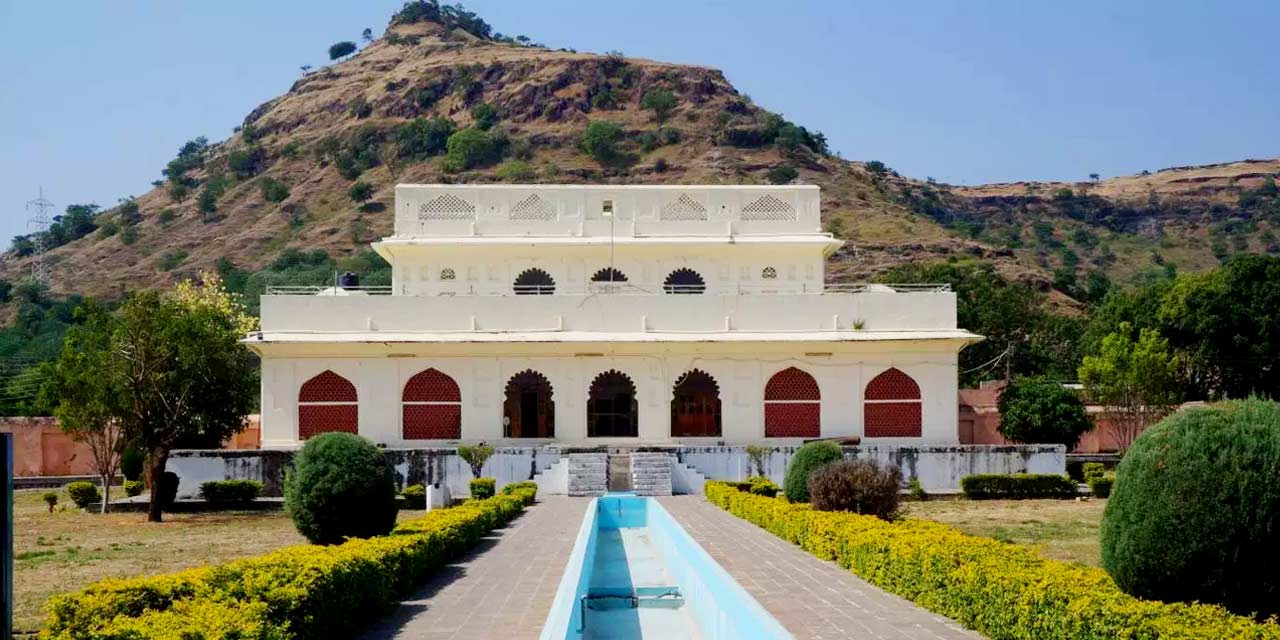
Another historical monument in Aurangabad that one must visit is the Soneri Mahal. Standing in the Satmala mountain ranges, this stunning palace was built from 1651 to 1653 AD by the Bundelkhand Chief who used to accompany Emperor Aurangzeb. However, it was later sold to Nizam of Hyderabad in the 1970s. Eventually in 1979, this palace was converted into a museum.
Sonehri Mahal now lies within the premises of Dr. Babasaheb Ambedkar Marathwada University. It is at this place where the annual Ajanta and Ellora festival is often organized. Tourists can visit Soneri Mahal from 10.30 AM to 5 PM. It remains open on all days of the week, except Monday.
- Timings: 6:00 AM – 6:00 PM (Closed On Mondays)
- Entry Fee: ₹10 (Indians), ₹100 (Foreigners)
17. Panchakki
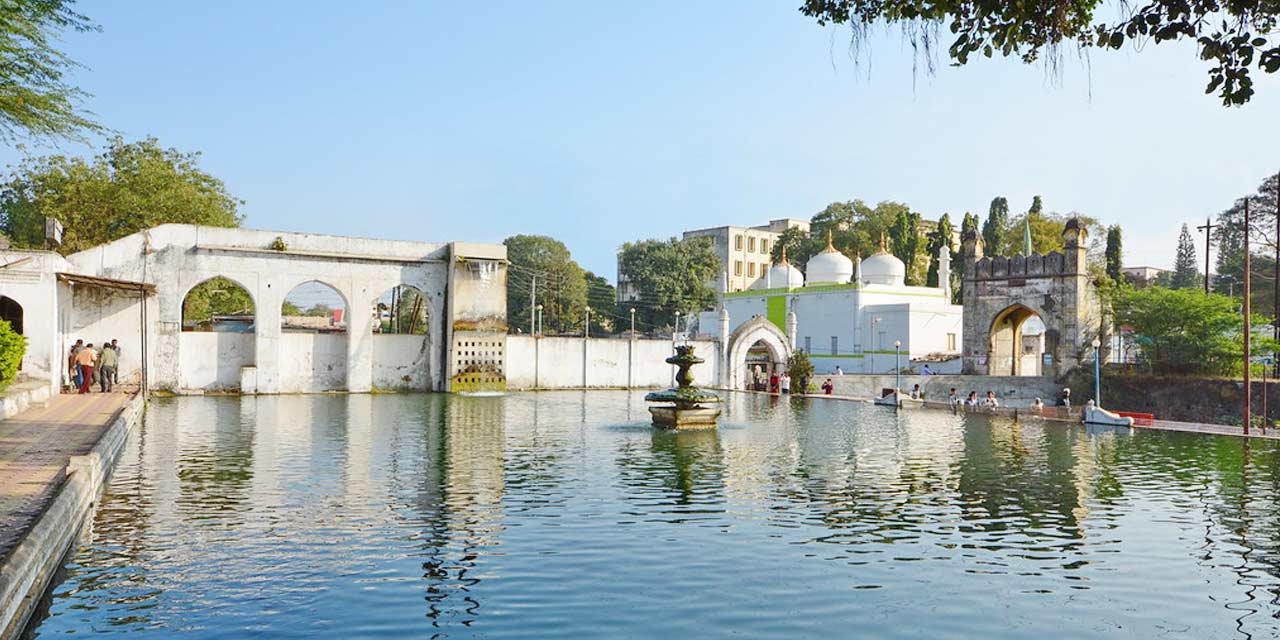
Panchakki is not a usual sightseeing place. A water mill complex, it was built in 1695, by Turktaz Khan, a noble on the staff of Nizam-ul-Mulk Asaf Jah. Used for harnessing water from a mountain reservoir, this mill is an example of scientific advancement in ancient India.
Within the complex of Panchakki there is a madrasa, the house of a minister, Sarai, zananas and a mosque. There is a library as well with more than 2500 books in different languages, including Persian and Arabic.
- Timings: 7:00 AM – 8:00 PM
- Entry Fee: ₹5 (Indians), ₹100 (Foreigners)
18. Tomb of Aurangzeb

Located in Khuldabad village, Tomb of Aurangzeb is the grave of the 6th and the last Emperor of the Mughal Sultanate. Popularly known as Aurangzeb, the Mughal real name was Muhi-ud-Din Muhammad. Around 25 kms from the city centre, this grave is at Sheikh Zainuddin Dargah, who was his spiritual guide.
The Tomb of Aurangzeb is unlike any other tombs of rulers that we see all over the country. As per the wish of the Emperor Aurangzeb, his burial was organised in simple manner and the tomb was kept humble, with just a wooden porch and Persian inscriptions. However, later in the 1700s, Lord Curzon, a British Statesman, discovered the tomb and built the marble enclosure and flooring around it.
- Timings: 5:30 AM – 9:00 PM
- Entry Fee: Free
19. Dargah of Pir Ismail
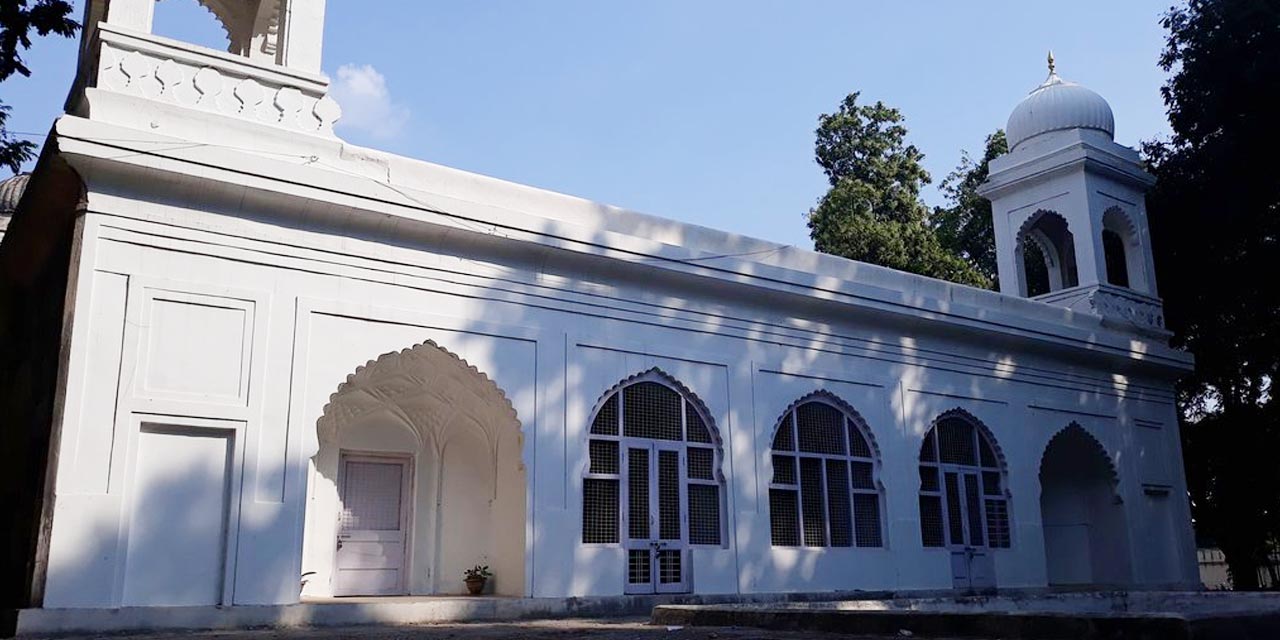
As the name suggests, this Dargah was constructed in the memory of Pir Ismail. Popular among locals, it is a prominent monument of Aurangabad. Pir Ismail was one of the teachers of Mughal Emperor Aurangzeb. The Dargah of Pir Ismail welcomes everyone with a grand entrance with pointed archways. It has a captivating terrace, parapet, façade and a dome. The intricate designs and carvings are worth noticing.
- Timings: 5:00 AM – 8:00 PM
- Entry Fee: Free
20. Lonar Crater Lake

Lonar Crater lake is a geographical wonder, which finds its mention even in ancient scriptures like Skanda Purana and the Padma Purana. A National Geo-heritage Monument, this lake was created from a meteorite impact during Pleistocene Epoch. The water of the lake is both saline and alkaline.
There have been many researches on this lake by institutes like Geological Society of India, United States Geographic Survey in America and Smithsonian Institution. At a distance of 130 km, Lonar Lake is slightly far from Aurangabad, but nevertheless it is indeed a must visit. It is located at Lonar in Buldhana district.
- Timings: 7:00 AM – 5:00 PM
- Entry Fee: ₹40 per person
If you are on a longer Aurangabad tour visit, then plan a visit to other tourist attractions as well such as Chauki Ki Masjid, Zainuddin Shirzai's Maqbara, Naukhanda Palace, Gautala Wildlife Sanctuary, Baba Shah Musafir Dargah, Dargah Baba Shah Musafir, Parli Vaidyanath Jyotirlinga, H20 Water Park, Tuljapur Bhavani Temple, Hazur Sahib Nanded, Goga Baba Hill, Jama Masjid, Khuldabad and Qila-e-Ark.
Aurangabad is not only a historical city with only monuments to explore, it also has an exciting range of activities to offer its visitors. The annual Ellora Ajanta Festival promises three days of fun and entertainment. With many hills around the city, there are many suitable trails for trekking. For those interested in the history of the town, there are regular heritage walks.
Camping, Boating, birdwatching, rafting, rappelling, paragliding and parasailing are a few other sports that one can choose from. Known for handicrafts and weaving styles, Aurangabad is an ideal place to shop for clothes, silverware and other souvenirs. So, choose one of our Aurangabad tour packages, to relax with your loved ones and enjoy your time in this city.
Although one can plan a holiday to Aurangabad at any time of the year. It is best to visit this city in winters. From November to February it enjoys pleasant weather with moderate temperature, which makes sightseeing all the more enjoyable.
Aurangabad has a domestic airport and railway station which is well connected to the rest of the country. With good highways and expressways, it is also connected via road to all the nearby cities and towns such as Delhi, Mumbai, Pune, Nagpur, Ahmedabad, etc.
Going in and around the city is also hassle free. Tourists can hire taxis or take auto rickshaws for commuting from one place to another. There are also regular city buses. Further adding to this are the special buses to popular sightseeing places such as Daulatabad Fort, Ajanta and Ellora Caves and others. These buses are operated by Maharashtra Tourism Development Corporation.

